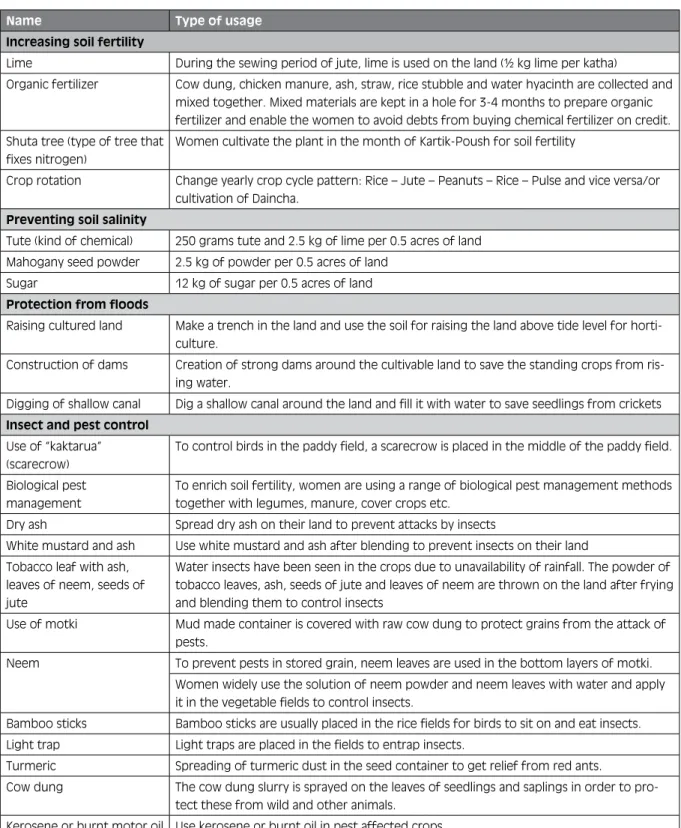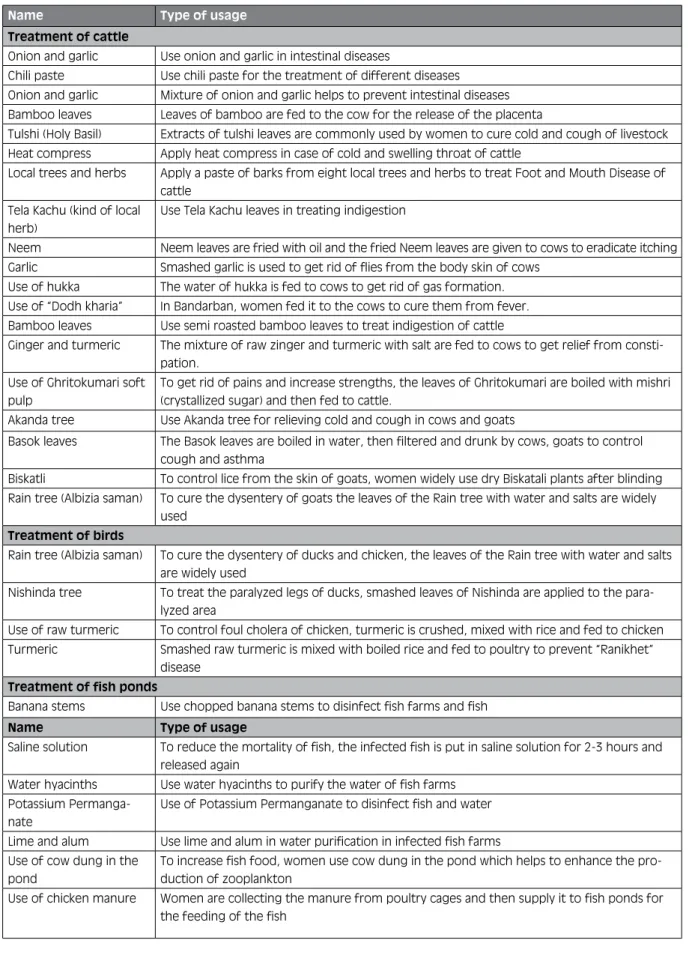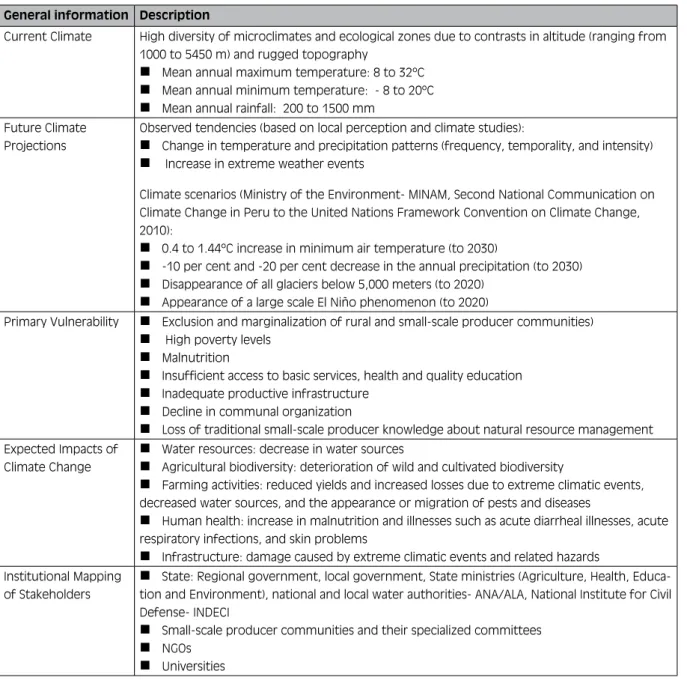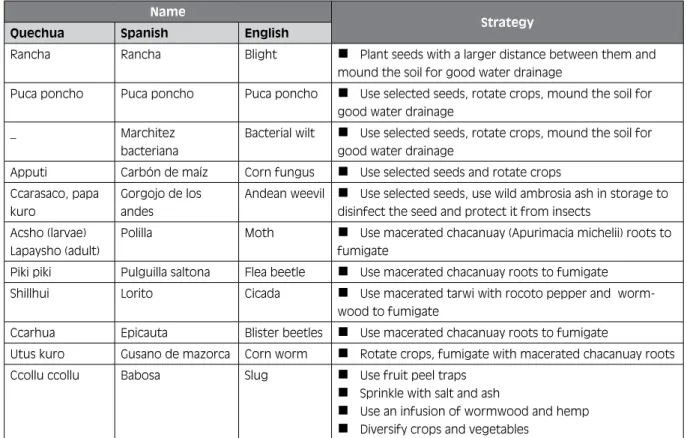Women Farmers Adapting to Climate Change
Volltext
Abbildung




ÄHNLICHE DOKUMENTE
The increasing urgency for developing effective adaptation re- sponses to climate change suggests several research areas: enhanc- ing existing climate risk management, more
Key interactions that are currently poorly described by crop and pasture models include: (i) nonlinearity and threshold effects in response to increases in the frequency of
threats of a similarly ruinous fate, but—after tense confrontation by Menelaos and a three-way debate joined by Hecuba with the Chorus chiming in on her side, advancing that Menelaos
This guidebook, Adapting to climate change: methods and tools for climate risk management, seeks to provide organisations with the information they need in order to understand
In particular, we couple a previously estimated empirical-economic model of forest management with spatially explicit species’ range and habitat associations to quantify the
This intensification process can make dryland agriculture in Mali more productive and less vulnerable to climate change because the crop establishment will be more easy, more
This study on sertraline concentrations in pregnant women and their infants demonstrates an over 10-fold interindividual variability in sertraline and its metabolite plasma
Three patients in the sertraline treatment group (two of whom lacked all plasma concentrations) and one in the placebo group had elevated MADRS scores and were referred to